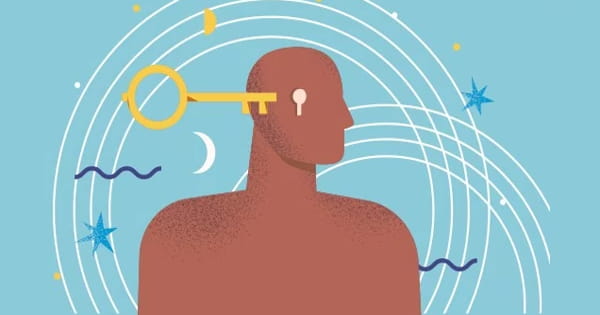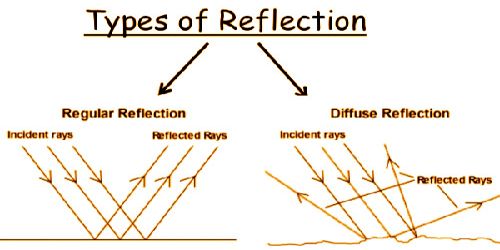Suicide is a serious and complex issue that affects many individuals and their loved ones. It is important to raise awareness about suicide to reduce stigma, promote understanding, and encourage people to seek help. Suicide awareness is a proactive effort to increase public awareness of suicidal behavior. It aims to reduce social stigma and ambiguity by drawing attention to suicide statistically and sociologically, as well as encouraging positive dialogue and engagement as a means of suicide prevention.
Suicide is a serious issue that affects individuals, families, and communities around the world. It is important to increase awareness about suicide and suicide prevention to reduce the number of suicide deaths and provide support to those who are struggling.
Here are some key points to increase suicide awareness:
- Suicide is preventable: It is important to understand that suicide is preventable, and early intervention is key. Recognizing the warning signs and taking action to provide support can save lives.
- Warning signs: Some common warning signs of suicide include talking about wanting to die or end their life, feeling hopeless, giving away possessions, and withdrawing from activities and relationships.
- Risk factors: There are many risk factors associated with suicide, including mental illness, substance abuse, history of trauma or abuse, and access to lethal means.
- Get help: If you or someone you know is struggling with suicidal thoughts, it is important to seek help. Reach out to a mental health professional, a crisis hotline, or emergency services for assistance.
- Break the stigma: Suicide is often stigmatized and misunderstood, which can prevent individuals from seeking help. It is important to break the stigma surrounding suicide and promote open and honest communication about mental health.
- Support resources: There are many resources available to support individuals who are struggling with suicidal thoughts or have been affected by suicide. These include support groups, therapy, crisis hotlines, and online resources.
Remember, suicide prevention is everyone’s responsibility. By increasing awareness, reducing stigma, and providing support, we can save lives and create a world where suicide is no longer a leading cause of death.
Suicide awareness is linked to suicide prevention because both address suicide education and information dissemination in order to reduce the rate of suicide. Awareness is the first step in reducing the need for prevention. Awareness denotes a fundamental understanding of the threat, whereas prevention focuses on preventing the act.
Suicide prevention is more than a medical intervention; it is a combination of medical, social, emotional, and financial counseling. Suicide prevention in adolescents focuses on the age range of 10 to 24 years, beginning with puberty.
















